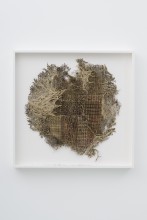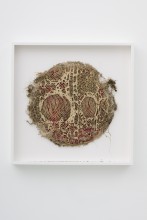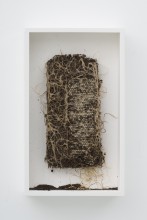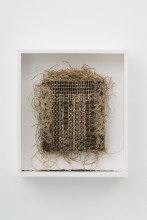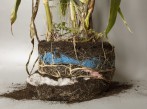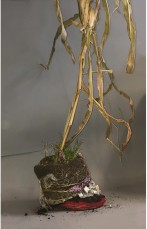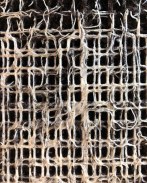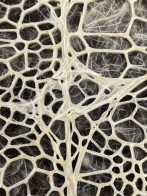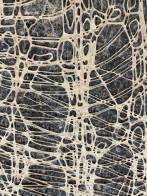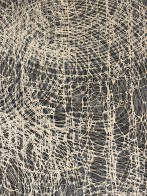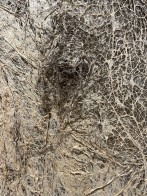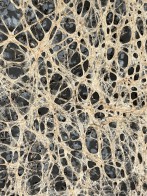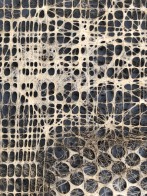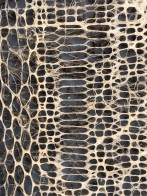

#1


120 x 160


200 x 130
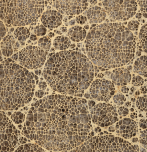

detail


130 x 200


detail


50 x 40
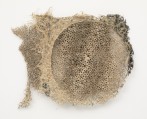

50 x 50
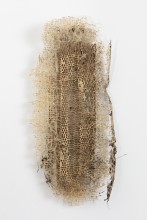

80 x 30


120 x 160


200 x 130


detail


400 cm x 400 cm
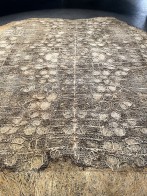

#2


#3
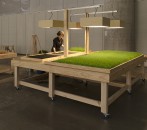

#4
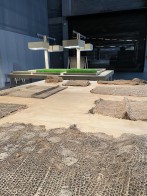

#5
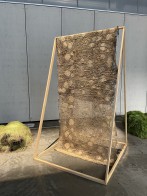

#6
https://www.biennaleofsydney.art/
Entanglement, 2022 soil, seed, grass roots, timber
Commissioned by the Biennale of Sydney with generous support from the Goethe-Institut Australia and with generous assistance from Mondriaan Fund and the Embassy of the Kingdom of the Netherlands in Australia
In a laboratory-like set up, visitors are invited to see Diana Scherer at work as she undertakes what she refers to as “collaborations with nature” growing networks of roots into unique patterns of woven textile. Known by neurobiologists as the brain of plants, Scherer draws attention to roots as active intelligent agents in the process of producing living fabrics.
Scherer is particularly fascinated by the hidden systems of plants. Her project Entanglement looks at xylem vessels, the tissue responsible for transportation of water through plants. Examining closely the interdependence of plants and water, the pattern Scherer creates with the roots is inspired by the forms of the xylem vessels in plant anatomy. The emergence of these water vessels in plants is considered one of the most important evolutions in the life of plants. Taking geometric and ordering principles and patterns from nature, Scherer poses a dilemma as her craft is both a manipulation of natural processes and possible cultivation of a joint path together.
“A root navigates, knows what is up and down, perceives gravity and can locate moisture and chemicals. Roots are incredibly strong. In their search for food and space they fight for every space they can find. I use this strength to create my work. I expose the subterranean life and natural network turns into a textile-like material. The dynamism of the plant makes it seem as if the work is making itself.
I have learned to deal with the autonomy of nature. Despite my intervention, the outcome is unpredictable every time. The interaction of control and letting go is an important element in my work.” – Diana Scherer


Installation


150 x 150
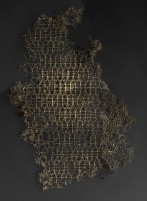

150 x 100
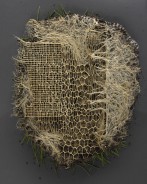

#4
Exercises in Root System Domestication 2015 – ongoing
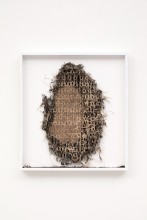

50 x 40


60 x 40


60 x 40


70 x 30


60 x 50
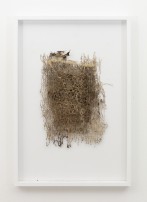

40 x 30
Grown root textile from roots, soil, seeds


